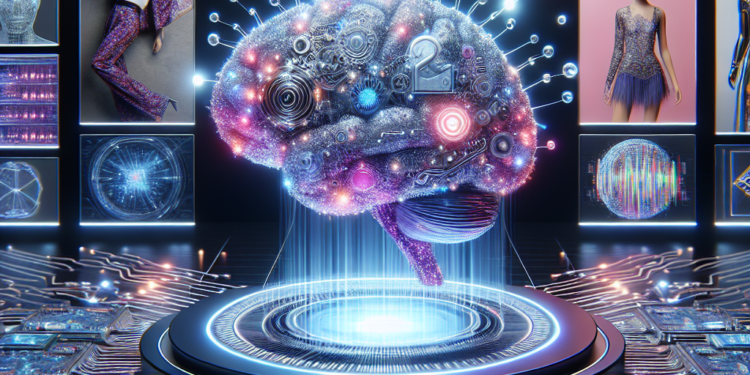Fashion Trends Predicted by AI Algorithms
In recent years, artificial intelligence (AI) has been utilized in a variety of industries to improve efficiency and accuracy. One area where AI is making a significant impact is in the world of fashion. By analyzing vast amounts of data and identifying patterns, AI algorithms can predict fashion trends with a high degree of accuracy. From predicting color trends to forecasting popular styles, AI is revolutionizing the fashion industry.
One of the ways in which AI algorithms are being used to predict fashion trends is through image recognition technology. By analyzing millions of images from social media, fashion shows, and online retailers, AI algorithms can identify patterns and trends that may not be obvious to human observers. For example, AI algorithms can analyze the various colors, prints, and styles that appear in Instagram photos and determine which are the most popular among fashion influencers and celebrities.
Another way in which AI algorithms are predicting fashion trends is through natural language processing (NLP). By analyzing text data from fashion blogs, magazines, and social media posts, AI algorithms can determine which brands, designers, and styles are generating the most buzz. This information can then be used to predict which trends are likely to become popular in the future.
AI algorithms are also being used to analyze sales data to predict fashion trends. By tracking which items are selling well and which are not, AI algorithms can identify emerging trends and determine which styles are likely to be popular in the coming months. This information can be used by fashion designers, retailers, and marketers to make informed decisions about which products to produce and promote.
Additionally, AI algorithms can be used to analyze historical data to identify long-term trends in fashion. By studying trends from the past several decades, AI algorithms can determine patterns that may indicate which styles are likely to become popular in the future. This information can be used to inform fashion designers and retailers about which trends are likely to have staying power and which may be short-lived fads.
One of the key benefits of using AI algorithms to predict fashion trends is that they can analyze vast amounts of data much more quickly and accurately than human analysts. This allows fashion designers, retailers, and marketers to stay ahead of the curve and anticipate changes in consumer preferences before they occur. By using AI algorithms to predict fashion trends, companies can reduce the risk of producing products that do not resonate with consumers and increase their chances of success in the competitive fashion industry.
Of course, there are also potential drawbacks to relying on AI algorithms to predict fashion trends. One concern is that AI algorithms may not always accurately predict human behavior. Fashion is a highly subjective and ever-changing industry, and what is popular one day may be old news the next. AI algorithms may struggle to keep up with the rapid pace of change in the fashion industry and may not always be able to accurately predict which trends will be successful.
Another concern is that AI algorithms may reinforce existing biases and stereotypes in the fashion industry. If AI algorithms are trained on data that is biased or limited in scope, they may produce predictions that favor certain styles, brands, or designers over others. This could perpetuate inequality and limit diversity in the fashion industry, which is already struggling to be more inclusive and representative of all consumers.
Despite these concerns, many fashion companies are embracing AI technology as a valuable tool for predicting trends and making informed decisions about their products. By using AI algorithms to analyze data from a wide range of sources, companies can gain valuable insights into consumer preferences and behaviors and tailor their products and marketing strategies accordingly. This can give companies a competitive edge in the fast-paced and ever-evolving world of fashion.
In conclusion, AI algorithms are revolutionizing the fashion industry by predicting trends with a high degree of accuracy. By analyzing images, text, sales data, and historical trends, AI algorithms can identify emerging styles and predict which trends are likely to be popular in the future. While there are potential drawbacks to relying on AI to predict fashion trends, the benefits of using this technology are clear. By embracing AI technology, fashion companies can stay ahead of the curve, anticipate changes in consumer preferences, and increase their chances of success in the competitive fashion industry.













